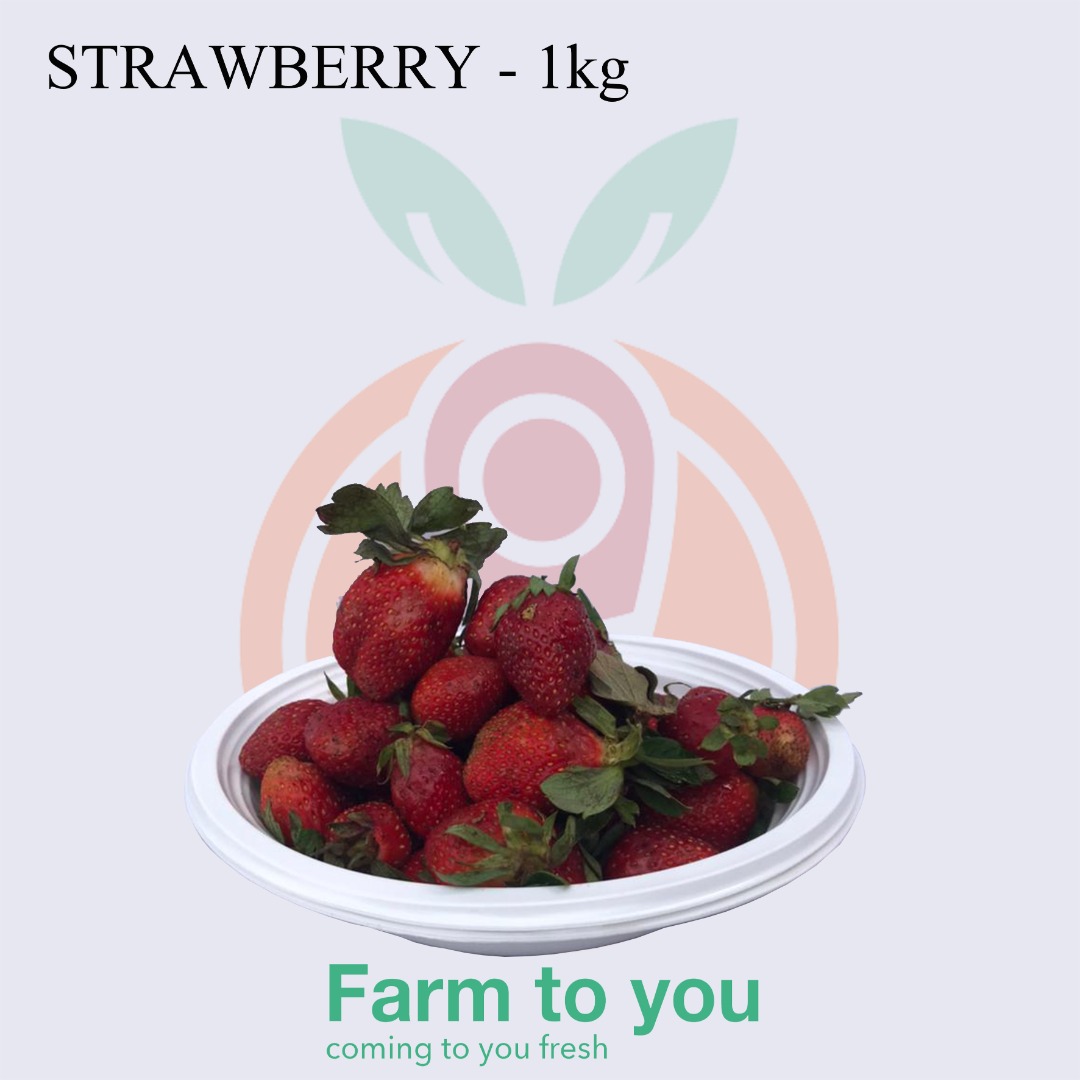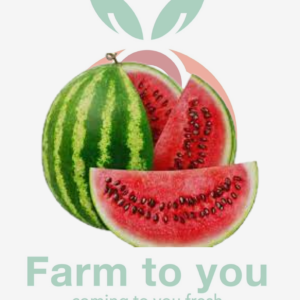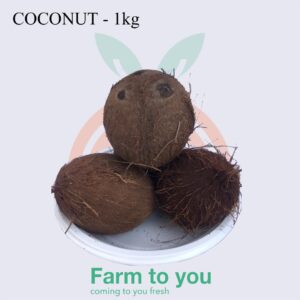Fruits
Strawberry
₦3,000.00
Strawberries are a beloved fruit known for their bright red color, sweet flavor, and juicy texture
Strawberries are a beloved fruit known for their bright red color, sweet flavor, and juicy texture. Here are some key points about strawberries:
Characteristics
- Appearance: Strawberries are typically bright red with a green leafy cap and tiny seeds on their surface.
- Flavor: They have a sweet, slightly tart flavor.
- Texture: Juicy and tender, with a firm yet slightly spongy consistency.
Varieties
- June-bearing: Produce a large crop over a few weeks in late spring to early summer.
- Ever-bearing: Produce two to three harvests per season, one in spring, one in summer, and sometimes one in fall.
- Day-neutral: Produce fruit continuously throughout the growing season as long as temperatures are favorable.
Nutritional Value
- Vitamins: High in vitamin C, which supports immune health and skin health. Also contains vitamin K, folate, and manganese.
- Fiber: Good source of dietary fiber, aiding in digestion.
- Antioxidants: Rich in antioxidants like anthocyanins and ellagic acid, which help protect against oxidative stress.
Health Benefits
- Heart Health: Can help reduce the risk of heart disease due to high levels of antioxidants and fiber.
- Blood Sugar Regulation: Low glycemic index and high fiber content can help regulate blood sugar levels.
- Anti-inflammatory: Antioxidants and other compounds have anti-inflammatory properties that may reduce the risk of chronic diseases.
- Skin Health: Vitamin C and other antioxidants support skin health and can help reduce signs of aging.
Culinary Uses
- Fresh: Often eaten fresh on their own or added to fruit salads and yogurt.
- Desserts: Used in a variety of desserts such as cakes, pies, tarts, and ice cream.
- Beverages: Commonly used in smoothies, juices, and cocktails.
- Preserves: Made into jams, jellies, and syrups.
- Salads: Added to both fruit and green salads for a sweet-tart flavor.
Growing Conditions
- Climate: Prefer temperate climates with plenty of sunlight.
- Soil: Grow best in well-drained, sandy loam soil rich in organic matter.
- Watering: Require consistent moisture, especially during fruiting.
- Planting: Typically planted in early spring after the last frost.
Storage
- Fresh Storage: Best stored in the refrigerator and consumed within a few days for optimal freshness.
- Freezing: Can be frozen for longer storage, either whole, sliced, or as a puree.
Precautions
- Allergies: Some individuals may be allergic to strawberries, experiencing symptoms like itching, swelling, or hives.
- Pesticides: Strawberries are often treated with pesticides, so washing thoroughly or choosing organic options can reduce exposure.
You must be logged in to post a review.






Reviews
There are no reviews yet.